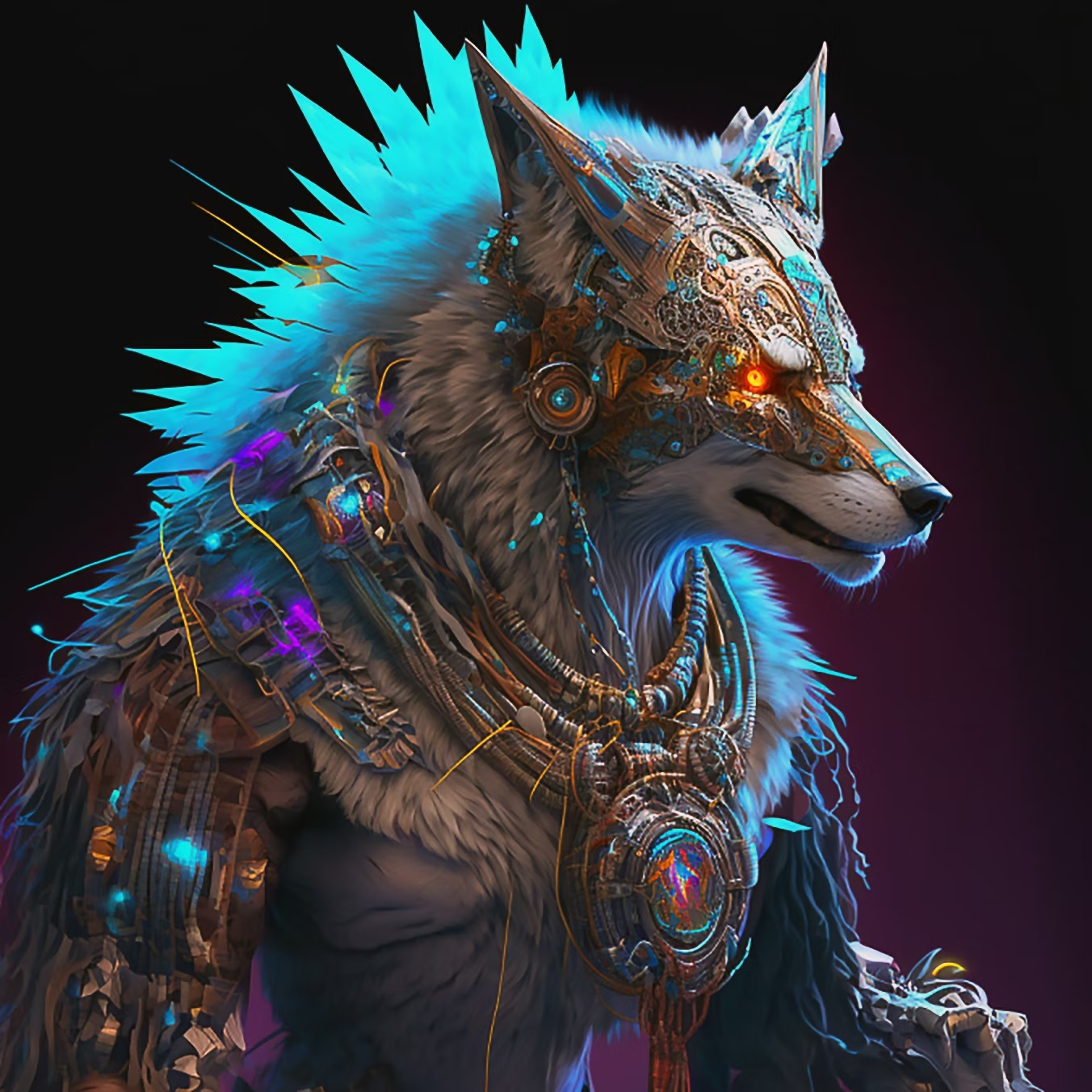Here is a list of Ethereum networks with a brief explanation of each:
- Ethereum (ETH) – The original Ethereum network, launched in 2015, is a public, decentralized, blockchain-based platform that allows developers to build and deploy decentralized applications (dapps) and smart contracts. It uses a Proof of Work (PoW) consensus mechanism.
- Ethereum Classic (ETC) – Ethereum Classic is a continuation of the original Ethereum blockchain that came into existence after a hard fork following the DAO hack in 2016. Ethereum Classic is a public, decentralized, blockchain-based platform that operates independently from Ethereum. It uses a PoW consensus mechanism.
- Polygon (MATIC) – Polygon is a fast and scalable Ethereum-compatible platform that uses a combination of PoS and sharding technology to increase transaction throughput and reduce transaction costs. It is designed to be an accessible platform for developers and is fully compatible with the Ethereum ecosystem.
- Binance Smart Chain (BSC) – Binance Smart Chain is a high-performance, EVM-compatible blockchain developed by Binance, one of the world’s largest cryptocurrency exchanges. It is designed to support decentralized applications, decentralized finance (DeFi) projects, and non-fungible tokens (NFTs). BSC uses a PoS consensus mechanism.
- xDAI – xDAI is a fast and low-cost Ethereum-compatible blockchain that is specifically designed to support DeFi applications and stablecoin transactions. It uses a PoS consensus mechanism and is fully compatible with the Ethereum ecosystem.
- KOVAN – KOVAN is a public, Ethereum-compatible blockchain that is designed for testing and development purposes. It is a fast and low-cost network that is ideal for developers who are building decentralized applications or conducting smart contract experiments. KOVAN uses a PoA (Proof of Authority) consensus mechanism.
- Ropsten – Ropsten is another Ethereum-compatible blockchain that is designed for testing and development purposes. It is a public network that is fully compatible with the Ethereum ecosystem and allows developers to test their applications and smart contracts in a simulated environment. Ropsten uses a PoW consensus mechanism.
- GÖRLI – GÖRLI is a public, Ethereum-compatible blockchain that is designed to provide developers with a fast and low-cost network for testing and development purposes. It is fully compatible with the Ethereum ecosystem and uses a PoA consensus mechanism.
- Rinkeby – Rinkeby is a public, Ethereum-compatible blockchain that is designed for testing and development purposes. It is a fast and low-cost network that is fully compatible with the Ethereum ecosystem and allows developers to test their applications and smart contracts in a simulated environment. Rinkeby uses a PoA consensus mechanism.
- RSK – RSK is a smart contract platform that is fully compatible with Ethereum and is designed to provide developers with a more scalable and secure platform for building decentralized applications. It uses a PoW consensus mechanism and has a number of features designed to enhance security and performance, such as Turing-complete smart contracts and a two-way peg to Bitcoin.
These are some of the most prominent Ethereum networks. There may be others as well. Each network has its own unique features, use cases, and goals, and choosing the right network depends on the specific needs of the user or developer.
